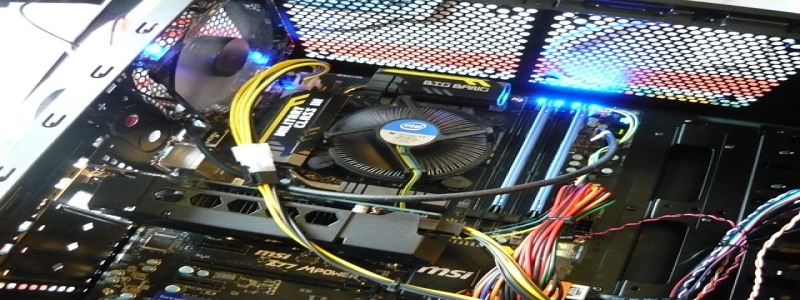Single Mode Fiber Bandwidth
I. Introduction
A. Definition of Single Mode Fiber
B. Importance of Bandwidth in Fiber Optic Communication
II. Understanding Bandwidth in Single Mode Fiber
A. Definition of Bandwidth
B. Factors Affecting Bandwidth in Single Mode Fiber
III. Measurement of Single Mode Fiber Bandwidth
A. Techniques for Measuring Bandwidth
B. Typical Values of Bandwidth in Single Mode Fiber
IV. Increasing Bandwidth in Single Mode Fiber
A. Improving Fiber Optic Cable Design
B. Advancement in Laser Technology
V. Applications of High Bandwidth Single Mode Fiber
A. Data Communication
B. Telecommunications
VI. Challenges and Future Prospects
A. Bandwidth Limitation
B. Potential Solutions for Increasing Bandwidth
VII. Conclusion
A. Recap of Importance of Bandwidth in Single Mode Fiber
B. Potential Impact of High Bandwidth Single Mode Fiber in Various Industries
I. Introduction
In the world of fiber optics, single mode fiber plays a crucial role in ensuring efficient and high-speed data transmission. Bandwidth, referring to the carrying capacity of a communication channel, is a significant factor in determining the performance of single mode fiber. This article will delve into the concept of bandwidth in single mode fiber and explore its implications in various industries.
II. Understanding Bandwidth in Single Mode Fiber
A. Definition of Bandwidth
Bandwidth refers to the range of frequencies or data that can be transmitted through a communication channel. In the context of single mode fiber, bandwidth represents the maximum data rate that can be achieved.
B. Factors Affecting Bandwidth in Single Mode Fiber
1. Fiber Core Size: The smaller the core size, the higher the bandwidth. Single mode fiber, with its smaller core size, exhibits greater bandwidth compared to multi-mode fiber.
2. Chromatic Dispersion: Chromatic dispersion, caused by different wavelengths traveling at different speeds, can limit the bandwidth of single mode fiber.
3. Modal Dispersion: Modal dispersion, occurring in multi-mode fibers due to different propagation paths, is not a concern in single mode fiber, resulting in improved bandwidth.
III. Measurement of Single Mode Fiber Bandwidth
A. Techniques for Measuring Bandwidth
1. Modulation Frequency: The bandwidth can be measured by analyzing the frequency range over which the fiber can successfully transmit a modulated signal.
2. Bit Error Rate (BER): By measuring the error rate of a transmitted signal, the bandwidth can be estimated.
B. Typical Values of Bandwidth in Single Mode Fiber
The typical bandwidth of single mode fiber ranges from 10 to 100 gigahertz per kilometer (GHz/km), depending on the quality of the fiber and transmission equipment.
IV. Increasing Bandwidth in Single Mode Fiber
A. Improving Fiber Optic Cable Design
Ongoing research and development in fiber optic cable design focus on reducing signal attenuation and increasing signal quality, resulting in improved bandwidth.
B. Advancement in Laser Technology
Laser technology advancements, such as the development of new laser sources with higher modulation rates, contribute to increased bandwidth in single mode fiber.
V. Applications of High Bandwidth Single Mode Fiber
A. Data Communication
High bandwidth single mode fiber is crucial for handling vast amounts of data in data centers, cloud computing, and internet services where speed and reliability are paramount.
B. Telecommunications
Single mode fiber with high bandwidth enables faster and more efficient transmission of voice, video, and data in telecommunications networks.
VI. Challenges and Future Prospects
A. Bandwidth Limitation
The increasing demand for higher bandwidth poses a challenge in the field of single mode fiber. As data rates continue to rise, the current bandwidth capabilities of single mode fiber may become inadequate.
B. Potential Solutions for Increasing Bandwidth
Researchers are exploring various solutions, such as advanced waveguide designs, new materials, and innovative modulation techniques, to overcome bandwidth limitations in single mode fiber.
VII. Conclusion
In conclusion, bandwidth plays a vital role in single mode fiber, determining the data-carrying capacity and overall performance. Continuous advancements in fiber optic technology, coupled with innovative approaches to increasing bandwidth, offer significant potential for revolutionizing the speed and reliability of data transmission in various industries. As the demand for faster and more efficient communication networks grows, the significance of high bandwidth single mode fiber will continue to increase.








